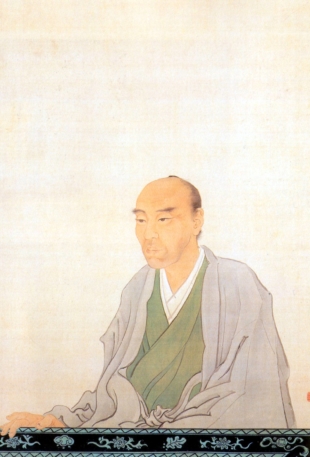How little they knew of the world! How acutely they felt their lack of knowledge, and yearned to know more!

It was impossible. The pursuit of knowledge — unless Confucius had taught it, or was said to have by his official Japanese interpreters — was criminal. It implied criticism of the government — a crime punishable by death.

















With your current subscription plan you can comment on stories. However, before writing your first comment, please create a display name in the Profile section of your subscriber account page.